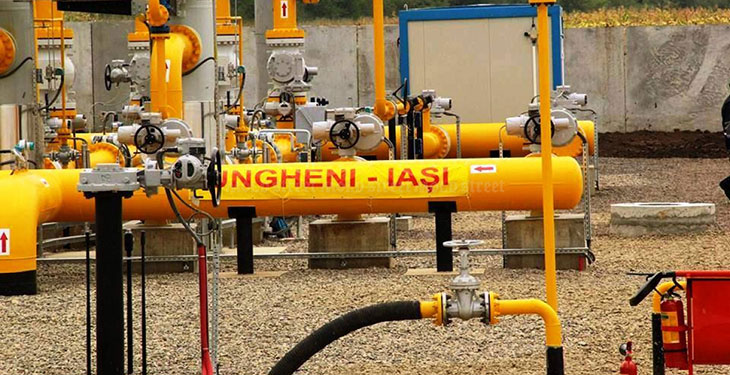According to an analysis by S&P Global Platts, the new Ungheni-Chisinau gas pipeline will strengthen the negotiating position of the Republic of Moldova in relation to the Russian giant Gazprom and will not represent an alternative to the gas supplied by Russia, according to Profit.ro.
The gas needed to balance the consumption of Moldovans in the western part of the Dniester will be transported through the gas pipeline, if needed.
Platts analysis confirms that the big winners of the construction of the gas pipeline with a capacity, on paper so far only, of 1.5 billion cubic meters/year “paid” by the Romanian state, are the authorities in Chisinau. According to Transgaz and ENTSOG data, since August 1, the transport capacity through the Ungheni point in the direction of the Republic of Moldova has increased from 43 million cubic meters/year to about 550 million cubic meters/year, one third of the total capacity announced by the authorities.
“It remains to be seen whether gas will ever flow at a volume close to the capacity of the pipeline. However, it offers the Republic of Moldova a physical alternative to Russian gas, which is an asset that Chisinau will use in future price negotiations with Gazprom,” Platts notes, citing analysts in the field.
